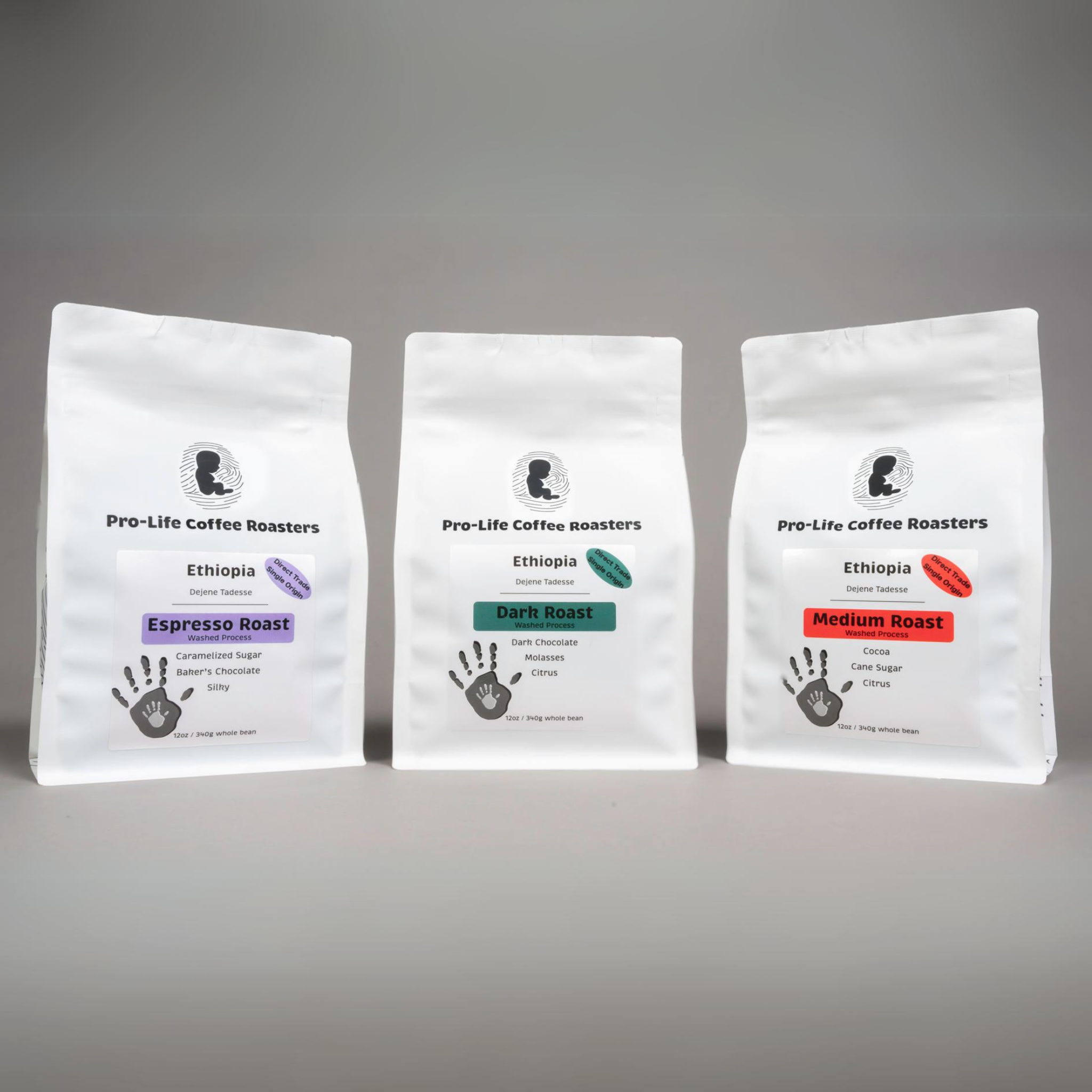Enjoying Food and Desserts with SOE Single Origin Espresso
Enjoying Food and Desserts with SOE Single Origin Espresso
Blog Article
Recognizing Coffee Beans: the Journey From Espresso to Blended Coffee Beans

The Beginnings of Coffee: A Global Viewpoint
While you could believe of coffee as a contemporary staple, its origins trace back centuries, intertwining with cultures across the world. The tale begins in Ethiopia, where legend says a goat herdsman called Kaldi discovered the invigorating effects of coffee beans after observing his goats frolicking vigorously after eating them.
As profession courses expanded, coffee made its way to Europe in the 17th century, quickly obtaining popularity. Each society added its unique spin to coffee preparation, improving its background.
Farming and Harvesting of Coffee Beans
As coffee's trip evolved, the emphasis moved to the growing and harvesting of certain bean varieties, specifically those made use of for espresso. You'll find that coffee beans commonly originate from Arabica or Robusta plants, each offering distinctive tastes. The excellent expanding problems include high altitudes and abundant, well-drained dirt, which enhance the beans' quality.
During the harvest, picking approaches vary. Timing is vital; you desire to harvest when the cherries get to peak ripeness for maximum taste.
When harvested, the beans are prepared for handling, which is important in identifying their last taste. Understanding the growing and harvesting processes gives you understanding into what enters into your favorite coffee, improving your recognition for each cup.
Processing Approaches: From Cherry to Bean
Since you've learnt more about collecting espresso beans, allow's discover how those cherries transform right into the coffee beans you love. You'll see how different harvesting methods effect flavor, complied with by the necessary steps of fermentation and drying. Finally, we'll damage down the milling and grading procedure that identifies your coffee's quality.
Gathering Strategies Described
When it comes to coffee, recognizing harvesting strategies is crucial, since they straight affect the flavor and top quality of the beans you delight in. There are 2 key methods: discerning selecting and strip picking. Selective choosing involves hand-picking just ripe cherries, guaranteeing you obtain the very best quality beans. This technique frequently leads to a richer flavor account, though it's more labor-intensive. On the various other hand, strip picking methods collecting all cherries simultaneously, despite ripeness. While it's quicker and less costly, this can lead to a mix of flavors, influencing the end product. Inevitably, the choice of harvesting method can greatly influence your coffee experience, so it deserves understanding just how those beans made it to your cup.
Fermentation and Drying Out
After collecting, the following action in handling coffee beans play a significant function in forming their taste. You'll discover that fermentation is crucial, as it assists break down the mucilage bordering the beans, improving their taste profile. Depending on the method, this process can last from a few hours to several days, with differing outcomes based upon temperature and moisture.
Sun-drying enables the beans to take in tastes from the setting, while mechanical drying out warranties regular dampness levels no matter of weather condition. Correct drying out is essential to stop mold and maintain the beans' high quality, eventually affecting your mug of coffee.
Milling and Grading Refine
As fermentation and drying out set the phase for taste advancement, the milling and grading procedure guarantees that only the ideal coffee beans make it to your cup. This stage entails removing the external layers of the coffee cherry, including the parchment and husk. After milling, the beans are sorted by dimension and weight, ensuring an uniform high quality. You'll locate that grading assists identify defects and categorize beans, which affects flavor and fragrance. High-grade beans obtain a higher grade, causing a richer coffee experience. When rated, the beans await packaging and delivery, protecting their distinct qualities. This meticulous procedure is important for supplying the extraordinary preference you appreciate in every sip of your favored mixture.
Roasting Strategies: Unlocking Flavor Prospective
When you roast coffee beans, the technique you pick can dramatically affect the flavor account. Understanding the relationship between time, temperature level, and toasting methods is crucial to disclosing the possibility of your mixture. Allow's check out exactly how these aspects integrated to create the ideal cup.
Toasting Approaches Explained
While you could assume that all coffee roasting approaches produce the exact same results, the fact is that each method reveals unique taste possibilities in the beans. You can choose in between techniques like drum roasting, air roasting, and even conventional frying pan roasting. Drum roasting uses a turning drum to evenly disperse warm, enhancing caramelization and generating a well balanced taste. Air roasting, on the other hand, flows hot air around the beans, advertising a lighter roast with noticable level of acidity. Pan toasting enables for hands-on control but calls for continuous interest to stay clear of burning. Each method has its subtleties, so trying out various methods can assist you discover the best roast that aligns with your preference preferences. Appreciate the journey of finding your ideal cup!

Influence On Flavor Account
Different toasting approaches not only influence the procedure yet also considerably influence the flavor profile of the coffee beans. When you select a light roast, you'll experience brilliant level of acidity and floral notes, showcasing the bean's beginning. On the other hand, a medium roast balances level of acidity with sweetness, commonly revealing chocolatey undertones. Dark roasts, on the other hand, highlight bold, smoky flavors, occasionally masking the bean's one-of-a-kind qualities. Each strategy discloses various oils and substances, leading to a variety of tastes. By experimenting with various roasting styles, you can discover which profiles resonate with your palate. Comprehending these subtleties assists you value the virtuosity behind your cup of coffee, improving your general experience moved here with every sip.
Time and Temperature Factors
To launch the complete flavor potential of coffee beans, both time and temperature during the toasting procedure play considerable functions. When roasting, you'll locate that greater temperature levels can promptly create flavors, but if you hurry it, you might wind up with burnt notes. Alternatively, reduced temperatures enable a much more progressive flavor growth, showcasing the beans' special attributes.

Timing is equally as essential; extending the roast as well long can lead to a loss of level of acidity and brightness, while also short a roast might leave the beans underdeveloped. Finding that sweet area requires technique and testing. By changing these factors, you can expose read this article the abundant, complex tastes concealed within each bean, creating a truly exceptional coffee experience.
The Art of Mixing: Crafting Distinct Coffee Accounts

Beginning by picking a base coffee that supplies a strong structure. Then, choose corresponding beans to enhance particular flavor notes. For instance, a brilliant Ethiopian bean can bring fruitiness, while a rich Brazilian coffee includes body. Experimentation is essential-- don't hesitate to change proportions up until you discover your perfect profile.
As you blend, bear in mind that each combination narrates. You're not simply making coffee; you're creating an experience. Take your time, taste regularly, and appreciate the trip of finding your signature blend - Single Origin Espresso.
Developing Approaches: Just How Prep Work Impacts Flavor
Blending coffee opens up a domain name of taste opportunities, however how you make that mix can substantially influence your last cup. On the various other hand, a pour-over highlights the coffee's clarity and illumination, ideal for showcasing fragile notes.
Espresso, with its high stress, generates a focused shot that highlights sweet taste and crema. If you like a lighter mixture, take into consideration a chilly brew method; it produces a smooth, less acidic preference.
Adjusting variables like water temperature level, grind size, and brew time can change your coffee's account. Welcome the art of brewing to uncover the flavors hidden in your coffee blends.
The Future of Coffee: Sustainability and Technology
As the coffee market advances, sustainability and innovation are ending up being essential for attending to ecological challenges and meeting consumer needs. You'll observe that even more coffee companies are adopting environment-friendly practices, from sourcing beans ethically to carrying out lasting farming strategies. These changes not just aid the earth yet additionally enhance the high quality of the coffee you take pleasure in.
You could see innovations like biodegradable product packaging and water-saving developing approaches that lower waste. Advanced technology, such as blockchain, is also becoming popular, making sure openness in the supply chain, which enables you to trace your coffee back to its origins.
Additionally, spending in regional communities and supporting farmers through fair profession campaigns cultivates a much more lasting coffee ecological community. As you drink your following cup, keep in mind that your options can contribute to a brighter future for coffee. By selecting sustainable brands, you're not just taking pleasure in a drink; you're making a positive effect on the content world.
Often Asked Concerns
What Is the Difference In Between Arabica and Robusta Beans?
Arabica beans are smoother, sweeter, and have a higher level of acidity, while robusta beans are stronger, much more bitter, and contain even more caffeine. When brewing your coffee., you'll notice these distinctions in flavor and scent.
How Does Elevation Affect Coffee Bean Taste?
Altitude influences coffee bean flavor substantially. Higher altitudes create beans with brighter acidity and complex flavors, while lower elevations usually yield beans that are larger and less nuanced. You'll observe these differences in your cup!
What Are the Health And Wellness Advantages of Alcohol Consumption Coffee?
Consuming coffee can boost your power, boost psychological focus, and also boost physical performance. It's abundant in anti-oxidants, may reduce the danger of particular diseases, and can advertise a much healthier metabolic process when eaten in moderation.
Can Coffee Beans Be Reused for Developing?
Yes, you can reuse coffee beans for developing, yet the flavor could be weaker. If you take pleasure in experimenting, attempt recycling them in different methods, like cool mixtures or including in shakes for an added kick.
Exactly how Should I Shop Coffee Beans for Quality?
To maintain your coffee beans fresh, store them in an airtight container in a cool, dark place. Avoid subjecting them to heat, light, or wetness, as these elements can swiftly weaken their taste and fragrance.
Understanding Coffee Beans: the Journey From Espresso to Blended Coffee Beans.
Now that you've discovered regarding gathering coffee beans, allow's discover just how those cherries change right into the coffee beans you enjoy.When you roast coffee beans, the approach you choose can drastically impact the taste account - Single Origin Espresso.While you may believe that all coffee toasting techniques produce the same outcomes, the truth is that each method discloses one-of-a-kind taste possibilities in the beans.Different toasting approaches not just affect the procedure however also significantly impact the flavor account of the coffee beans
Report this page